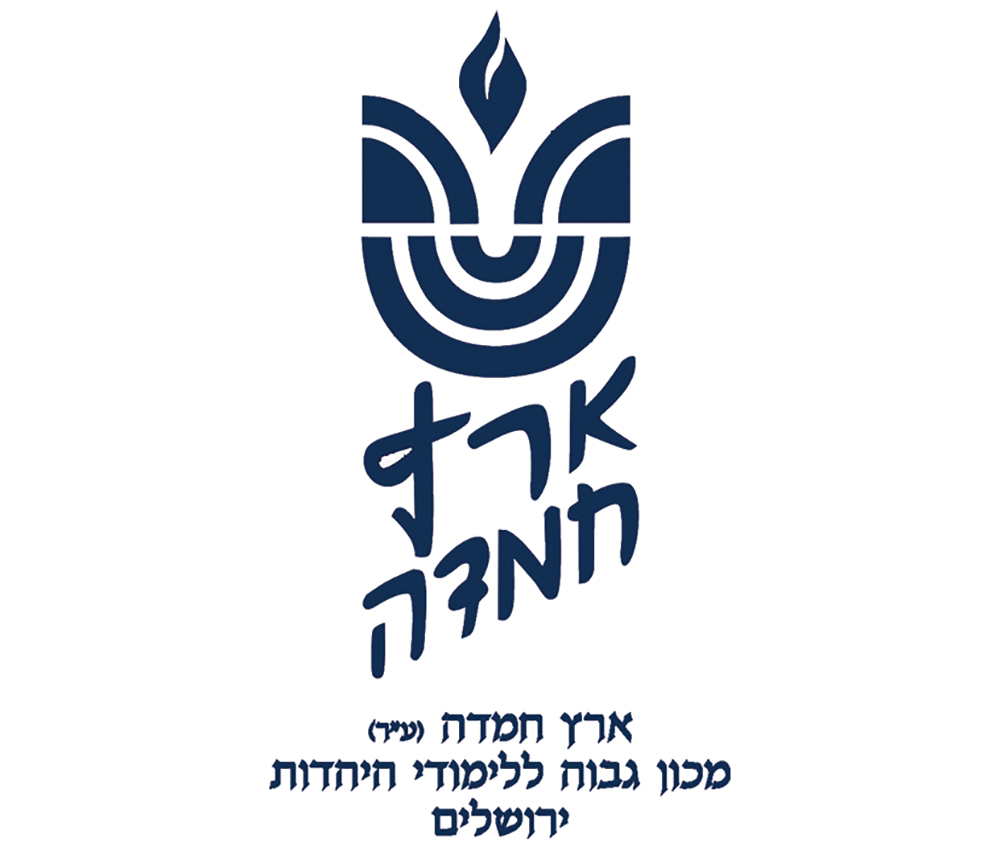לעילוי נשמת
יואל אפרים בן אברהם עוזיאל זלצמן ז”ל
Question: I learned that Sephardim lein from an erect sefer Torah and Ashkenazim lein when it is inclined to follow their respective minhagim on a mezuzah’s position. Is that a reason for individuals to hear kriat haTorah according to their minhag?
Answer: It is not a reason! Some sources compare the positions of a mezuzah and a sefer Torah, but we should not overextend the comparison.
The Gemara (Menachot 33a) says that if one places his mezuzah like a nagar (bolt), it is invalid. Rashi (ad loc.) explains that the mezuzah must be placed vertically, not horizontally. Rabbeinu Tam (cited in Tosafot ad loc.) brings sources about things that deserve respect (the sefer Torah in the Mikdash’s aron and buried bodies) are kept horizontally. He reasons that tefillin’s parshiyot should also lie horizontally in the batim. Rabbeinu Tam brings as proof for a horizontal mezuzah the fact that the tzibbur does not sit when the sefer Torah is brought to the bima until it is put down (horizontally). Thus, Rabbeinu Tam connects the positions of a sefer Torah and a mezuzah.
The Shulchan Aruch (Yoreh Deah 289:6) rules like Rashi that mezuzot should be attached vertically. However, the Rama (ad loc.) says that in deference to Rabbeinu Tam, we follow the precedent of the rebbe (according to many to Menachot 33a) to put the mezuzah diagonally, which all should agree is valid bedieved. Piskei Tosafot (Menachot 83) and the Bach (Yoreh Deah 289) posit that just like the Ashkenazi minhag regarding mezuzot, sifrei Torah in the aron kodesh should be put diagonally.
It appears Ashkenazim do not practice having diagonal sifrei Torah in the aron. According to many (see Maharil, Mezuzah 3; discussion in Minchat Elazar I:36), diagonal means close to 45 degrees, which is uncommon for sifrei Torah. Rather, we lean the sifrei Torah on the aron’s walls mildly—apparently, to prevent their falling. In fact, in shuls that have an apparatus to secure the sifrei Torah, they are generally erect.
Furthermore, the sources on sifrei Torah deal with their position when they are kept, not when reading from them. Even Rabbeinu Tam’s proof is not from the fact that we read from a horizontal sefer, but that we sit down only when it is put down for reading, which shows that previously, it was not in a natural position of rest. He does not imply that in Rashi’s shul, they read from a vertical sefer Torah. The Gra (Yoreh Deah 289:14) rules to put mezuzot vertically because we accept Rashi fully (several poskim agree), and to do the same with sifrei Torah. Do Gra followers (Ashkenazim) read from a vertical sefer Torah?!
In any case, the angle of the bimot in Ashkenazi shuls is not due to deference to both Rashi and Rabbeinu Tam. First, the small slant does not resemble our mezuzot, where the minhag is anywhere from slightly–off vertical to a maximum of 45 degrees from it. Igrot Moshe (Orach Chayim I:38) assumes that we read a sefer Torah when it is horizontal. Also, when there is a need to lein on a flat table, no one objects on halachic grounds. Consider that according to the linkage your question assumes, we would be relying on Rabbeinu Tam’s outlier position (the Noda BeYehuda 2, Orach Chayim 4 assumes this in explaining why even people who wear Rabbeinu Tam tefillin do not have tefillin with horizontal parshiyot). So the linkage is not going to work for Ashkenazim.
One can argue that Sephardim prefer to read from an upright sefer Torah because they hold like Rashi. On the other hand, many Moroccan batei knesset whose sifrei Torah are without a case, lay them down—even though their mezuzot are like Rashi. It is likely that, given the sefer’s casing, the position is about practicality. That is what the Igrot Moshe assumes for Ashkenazim. Note that the slant resembles that of conference-hall lecterns around the world.
Even if the minhag were to treat sifrei Torah like mezuzot, this would be as a matter of proper respect. Whereas the mezuzah’s position is critical and could affect the mitzvah’s efficacy, an unideal sefer Torah position could not logically endanger fulfilling the mitzvah of kriat haTorah (see Radbaz III:530).
Rabbi Mann is a dayan for Eretz Hemdah and a staff member of Yeshiva University’s Gruss Kollel in Israel. He is a senior member of the Eretz Hemdah responder staff, editor of Hemdat Yamim and the author of “Living the Halachic Process, Volumes 1 and 2” and “A Glimpse of Greatness.”













